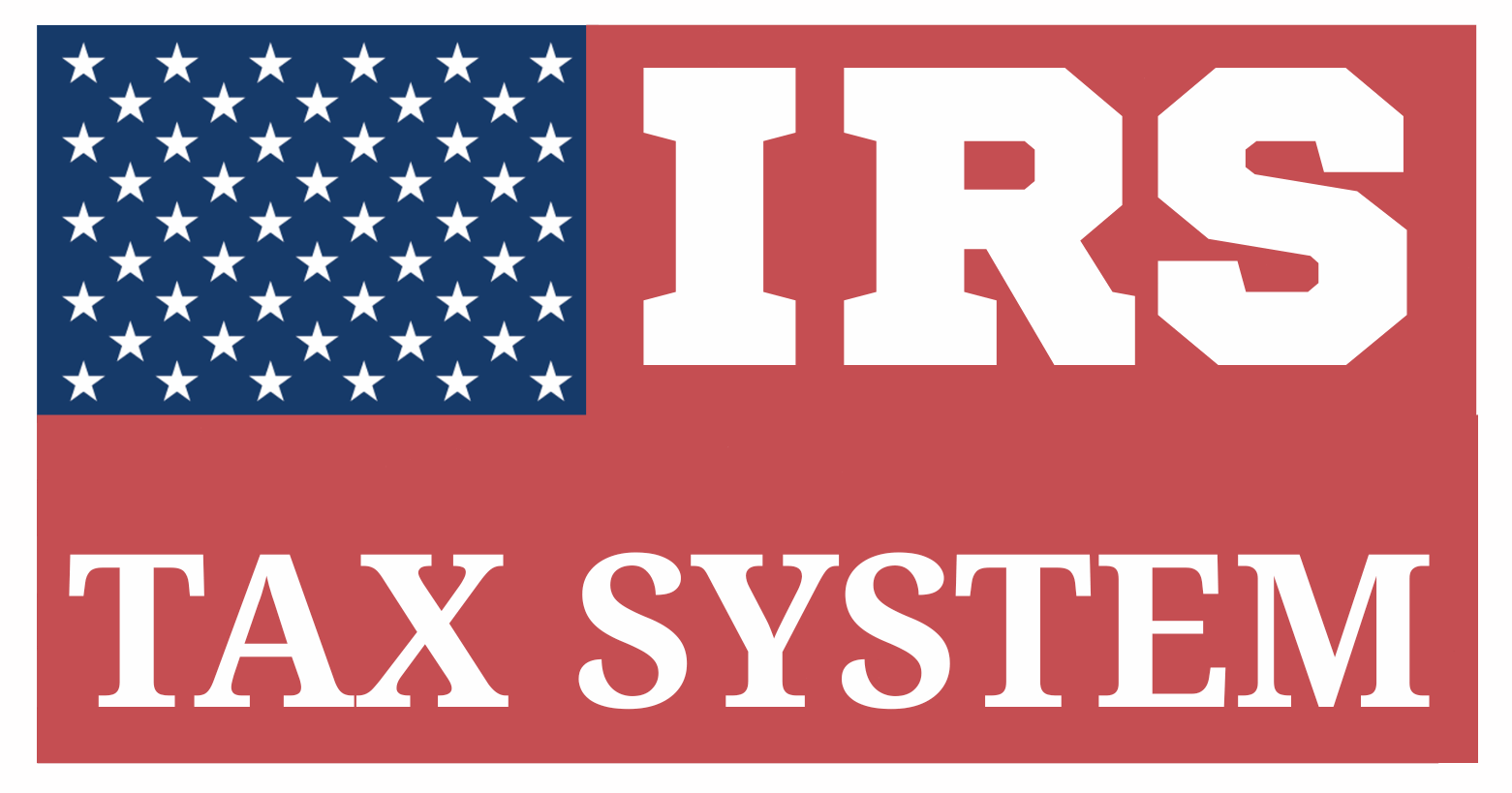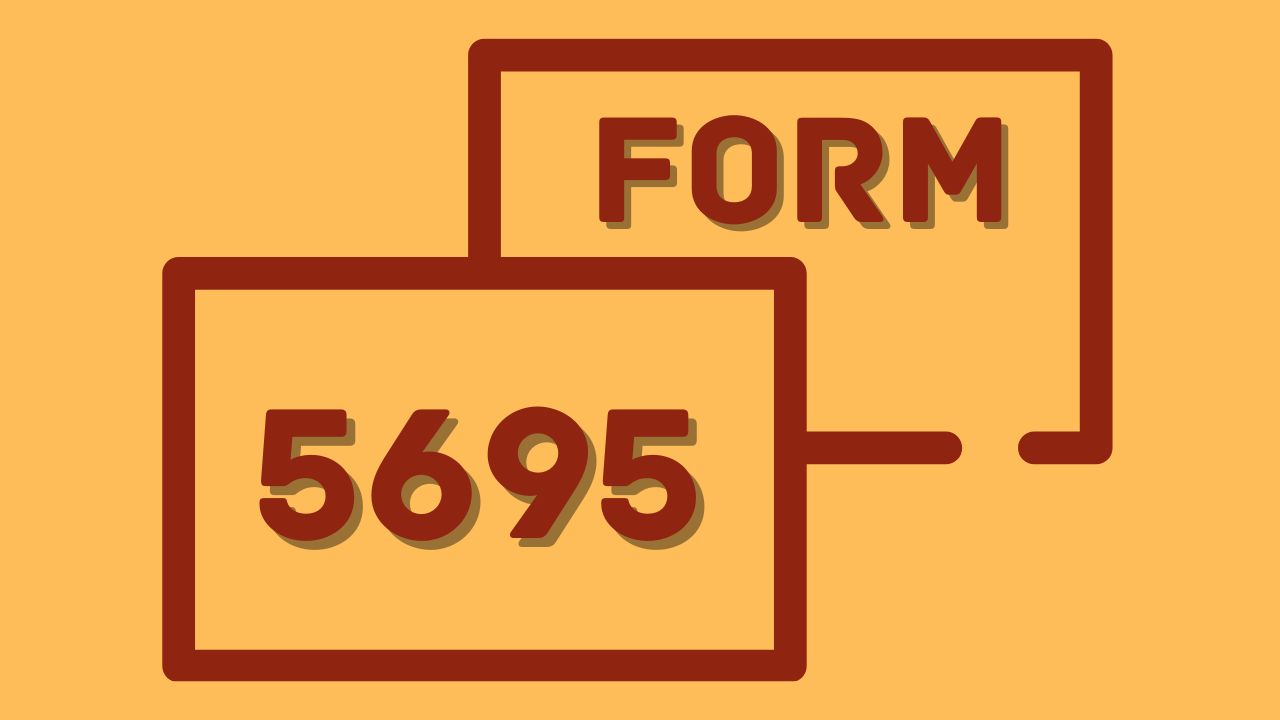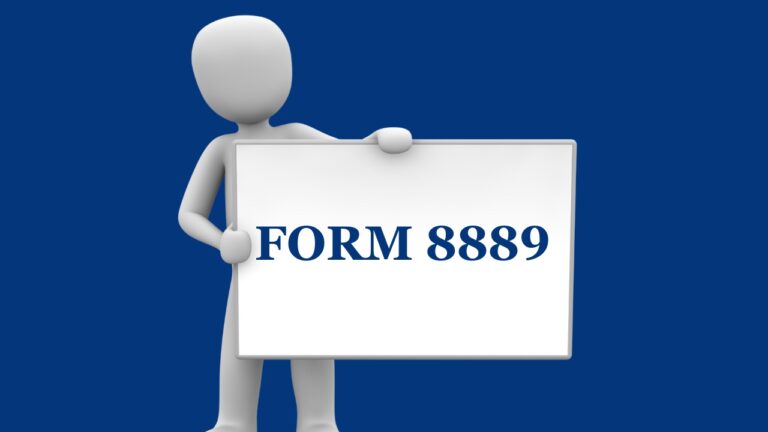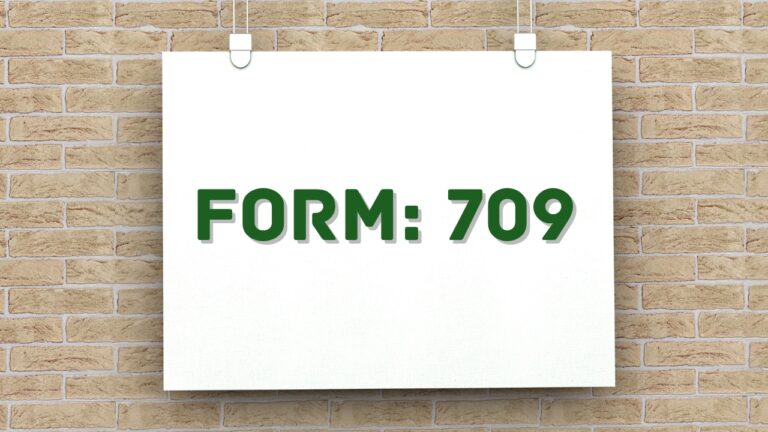Form 5695: Discover The Easiest Process To File It
Table of Contents
How IRS Form 5695 Helps You Claim Tax Credits for Energy-Efficient Home Improvements?
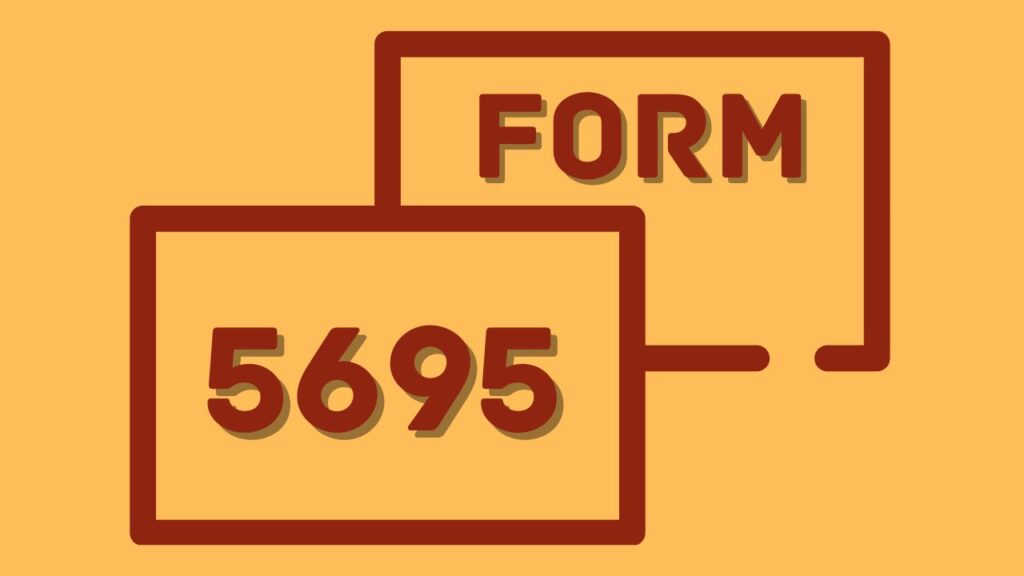
IRS Form 5695 is a supplemental form filed with your federal income tax return (Form 1040) that allows taxpayers to claim residential energy credits for installing certain energy-efficient upgrades and renewable energy systems in their homes.
The form primarily covers two key federal tax credits:
- Residential Clean Energy Credit (Part I)
- Energy Efficient Home Improvement Credit (Part II)
These credits reduce your tax liability dollar-for-dollar and encourage the use of renewable energy and energy-saving technologies in residential housing.
Objective of IRS Form 5695
The core objective of IRS Form 5695 is to help individual taxpayers claim nonrefundable tax credits for making qualified energy-related improvements to their home. These tax incentives are designed to encourage homeowners to adopt clean energy technologies and improve residential energy efficiency, thereby reducing their environmental impact and lowering utility costs.
Specifically, the form is used to:
- Promote Renewable Energy Usage in Homes
It supports the installation of systems like solar panels, geothermal heat pumps, wind turbines, and battery storage that generate or conserve energy using sustainable sources. - Encourage Energy-Efficient Upgrades
It incentivizes upgrades such as insulation, energy-efficient windows and doors, advanced HVAC systems, and energy audits by offering tax credits for the costs of these improvements. - Allow Taxpayers to Reduce Their Tax Liability
Form 5695 provides direct credits against income taxes owed, helping homeowners recoup a portion of the money spent on qualifying improvements. - Support Federal Clean Energy Goals
It aligns with long-term environmental policy objectives, such as reducing greenhouse gas emissions, improving residential energy performance, and boosting adoption of green technology in private housing. - Track and Report Credit Carryovers
For certain types of credits (e.g., Residential Clean Energy Credit), if the full amount can’t be used in the current year, Form 5695 tracks the carryforward to future tax years.
In summary, the objective of Form 5695 is both practical and policy-driven: it provides immediate tax relief to homeowners while driving the nation toward a more sustainable, energy-efficient future.
What Qualifies for the Credit Under IRS Form 5695?
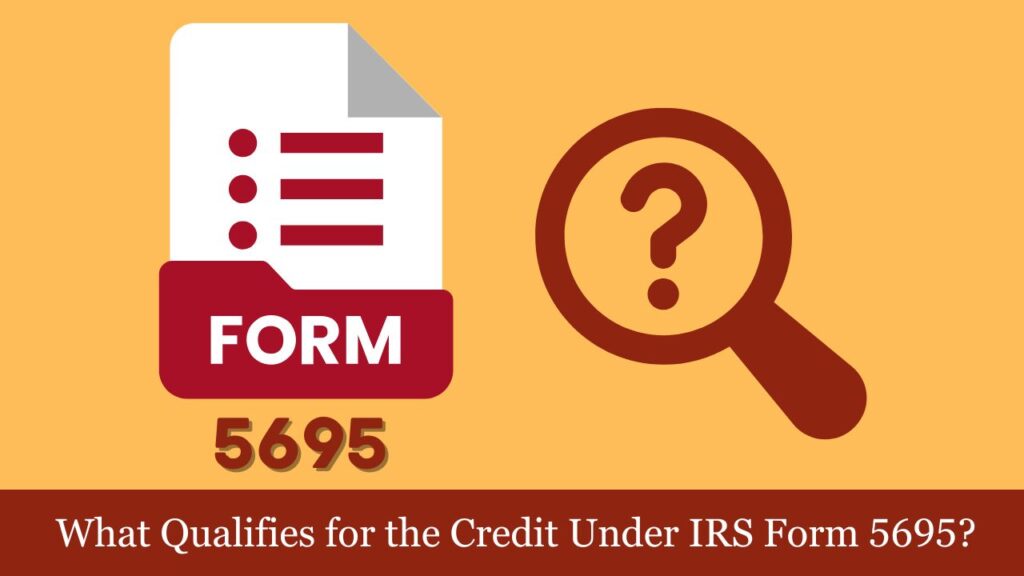
IRS Form 5695 includes two primary types of tax credits for residential energy improvements:
- Residential Clean Energy Credit (Part I)
- Energy Efficient Home Improvement Credit (Part II)
Each section has distinct eligible improvements and rules. To claim the credit, the qualifying upgrades must be made to a home you own and use as a primary or secondary residence located within the United States.
A. Residential Clean Energy Credit (Part I)
Part I of IRS Form 5695 is used to claim the Residential Clean Energy Credit, a powerful federal incentive that allows taxpayers to claim 30% of the cost of installing qualifying clean energy systems in their homes. This nonrefundable credit is aimed at encouraging homeowners to adopt renewable energy technologies that reduce reliance on fossil fuels and lower household carbon emissions
Qualifying Property Types
To qualify, the installed system must be new, meet federal standards, and serve a U.S. residence you own. Eligible systems include:
1. Solar Electric Property (Solar Panels)
This includes photovoltaic (PV) systems that convert sunlight into electricity to power your home. The system must be installed at your main or secondary residence in the U.S. and should supply electricity to the home. Labor and installation costs are included in the credit calculation. Roof work may also qualify, but only if the roofing is integral to the solar energy system (not just structural replacement).
Credit Rate: 30% of the full installed cost
Eligibility Years: Through 2032 (phases down after)
2. Solar Water Heating Property
These systems use solar energy to heat water for use inside the home. At least half of the energy used to heat the water must come from the sun. The system must be approved by the Solar Rating and Certification Corporation (SRCC) or another IRS-recognized certification organization.
Pools and hot tubs are not eligible.
Credit Rate: 30% of the qualified cost
Must be installed in a U.S. residence you own
3. Small Wind Energy Property
This applies to residential wind turbines capable of producing up to 100 kilowatts (kW) of electricity for household use. The wind system must be installed at a U.S. residence you own and use as a home. Both equipment and installation costs qualify.
Credit Rate: 30% of total cost
Usage: To power your home directly or supplement grid usage
4. Geothermal Heat Pumps
Geothermal systems use energy from the ground to heat and cool your home. Eligible units must meet ENERGY STAR® requirements. Installation includes the underground piping and any indoor components like the heat exchanger. These systems are energy-efficient and environmentally sustainable.
Credit Rate: 30% of total cost
Applies to: Principal and secondary residences
5. Battery Storage Systems (Newly added for 2023 and after)
Standalone battery systems that store at least 3 kilowatt-hours (kWh) of electricity are eligible. The battery does not need to be paired with solar, making this credit applicable even if you’re retrofitting existing clean energy systems. It supports households in maximizing the efficiency of renewable energy.
Credit Rate: 30% of equipment + installation
Note: Minimum 3 kWh capacity is required
6. Fuel Cell Property
Fuel cells generate electricity and heat through chemical reactions and are eligible only if installed in your primary home. The credit is capped at $500 for each half-kilowatt of capacity. Fuel cell systems must have an electricity-only efficiency of at least 30% and generate at least 0.5 kW.
Credit Limit: $500 per 0.5 kW
Applies only to: Main home (no second homes)
Additional Requirements
- The system must be placed in service (installed and functioning) during the tax year.
- Must be installed in a home located in the United States that you own (main or second home).
- Rental-only properties do not qualify.
Example
You install a solar panel system and battery for $30,000.
Credit = 30% × $30,000 = $9,000 → Claimed on Schedule 3, Line 5
B. Energy Efficient Home Improvement Credit (Part II)
Overview
Part II of Form 5695 covers the Energy Efficient Home Improvement Credit, which rewards homeowners for making certain upgrades that improve a home’s energy efficiency. This credit helps reduce upfront costs of insulation, windows, energy audits, HVAC systems, and more.
The credit is 30% of eligible costs, but unlike Part I, annual dollar caps and per-item limits apply.
Qualifying Improvements
To be eligible, improvements must:
- Be made to a U.S. residence you own and use as a home
- Meet specific energy efficiency standards (e.g., ENERGY STAR®)
- Must be installed and operational within the applicable tax year
1. Insulation Materials
Insulation helps minimize heat transfer in your home, improving energy efficiency and reducing overall energy consumption. Eligible materials include fiberglass, cellulose, spray foam, and other approved insulation types. Labor for installation does not qualify—only the cost of materials.
Credit Rate: 30% of the cost
Max Annual Cap: Combined under $1,200 home improvement credit
2. Exterior Doors & Windows
- Doors: Must meet ENERGY STAR® requirements. You can claim up to $250 for each qualifying door, with a maximum limit of $500 overall
- Windows & Skylights: Must meet ENERGY STAR® Most Efficient certification. Capped at $600 total per year.
Only materials qualify—not installation.
3. Home Energy Audits
A certified energy audit evaluates your home’s energy efficiency and identifies areas for improvement. The audit must be conducted by a professional meeting the IRS’s technical standards.
Credit: 30% of cost, up to $150 annually
4. Central Air Conditioners & Furnaces
- Must comply with the highest efficiency tier established by the Consortium for Energy Efficiency (CEE)
- Credit capped at $600 per system
Applies only to: Units installed in your main or secondary home
Only equipment cost counts, not labor
5. Electric or Gas Heat Pumps & Heat Pump Water Heaters
Qualifying systems provide both heating and cooling using efficient electric or gas heat pumps.
Credit: 30% of cost
Cap: Up to $2,000, separate from the $1,200 annual limit
6. Biomass Stoves and Boilers
Systems must burn wood pellets or other plant-derived fuel and must be at least 75% efficient based on the higher heating value (HHV). These provide a renewable heating solution.
Credit Limit: Up to $2,000, separate from other annual limits
Includes: Stove/boiler cost and installation
7. Electrical Panel Upgrades
You may claim a credit for upgrading your electrical panel if it is required to support a newly installed qualifying energy system (e.g., a new electric heat pump or EV charger system). It must have a load capacity of at least 200 amps.
Credit: 30% of cost
Cap: $600 (part of $1,200 total limit)
Example
You install:
- $2,000 worth of insulation → 30% = $600
- Energy audit for $300 → Capped at $150
- 2 exterior doors at $500 each → Max credit = $500
Total eligible credit = $600 + $150 + $500 = $1,250 → Capped at $1,200 per year
Summary Comparison
| Aspect | Part I: Clean Energy Credit | Part II: Home Improvement Credit |
| Credit Rate | 30% of total cost | 30% of qualified cost |
| Annual Limit | No cap (except fuel cells) | $1,200 annually + $2,000 bonus for select items |
| Carryforward Allowed? | Yes | No |
| Labor/Installation Costs Covered? | Yes | No (except HVAC, boilers, and heat pumps) |
| Eligible Homes | Main & second homes | Only homes used as a residence |
| Rental Properties | Not eligible | Not eligible |
How to File Form 5695: Residential Energy Credits
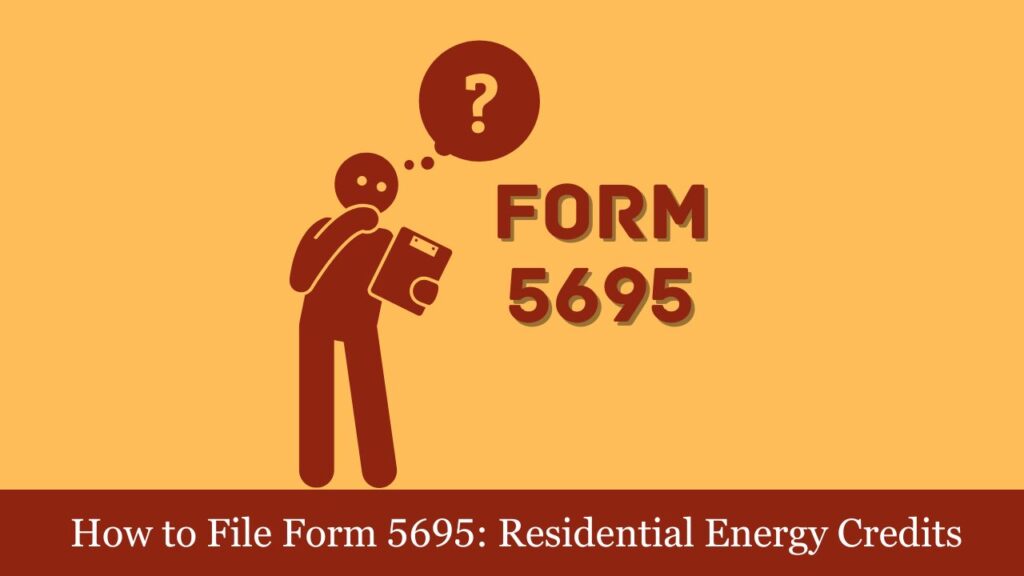
IRS Form 5695 allows individual taxpayers to claim valuable tax credits for qualified residential energy improvements. It is filed along with your Form 1040 and reduces your total tax liability based on eligible clean energy upgrades or energy-efficient home improvements.
Below is a structured walkthrough of how to accurately complete and file Form 5695.
Step 1: Determine Which Part(s) Apply to You
Form 5695 has two sections:
| Part | Use This If You: |
| Part I – Residential Clean Energy Credit | Installed renewable energy systems like solar panels, geothermal heat pumps, small wind turbines, fuel cells, or battery storage |
| Part II – Energy Efficient Home Improvement Credit | Upgraded your home’s insulation, windows, HVAC, water heaters, or electrical systems, or had a home energy audit |
You can complete one or both parts, depending on the improvements made in the tax year.
Step 2: Collect Necessary Documentation
Before starting the form, gather:
- Receipts for equipment and installation
- Manufacturer certifications (for energy efficiency)
- Energy audit reports (if applicable)
- Contractor invoices
- Form 1098-Mortgage Interest Statement (if relevant to energy property)
- Previous year’s Form 5695 (if you have unused credit carryforwards)
Step 3: Credit for Residential Clean Energy Systems
If you installed clean energy systems:
- Lines 1–6: Enter the total costs (including labor) for each eligible system installed in the tax year:
- Solar electric (Line 1)
- Solar water heating (Line 2)
- Wind turbines (Line 3)
- Geothermal heat pumps (Line 4)
- Fuel cell property (Line 5)
- Battery storage (Line 6)
- Line 7: Add up all the costs.
- Line 8: Multiply Line 7 by 30% to determine your eligible credit.
- Line 9: Enter your tax liability limitation—from Form 1040, Line 18, minus any other credits.
- Line 10: Report the lesser amount from line 8 or line 9.
- Line 11: Include any unused credit carried over from the prior year.
- Line 12: Add Lines 10 and 11 to get your total clean energy credit.
If you cannot use the full credit, the unused amount carries forward to the next year.
Step 4: Fill Out Part II – Energy Efficient Home Improvement Credit
If you made general energy efficiency improvements (like insulation, HVAC, windows):
- Line 13a: Report the total expenses for building envelope components such as windows, insulation, and doors
- Line 13b: Enter cost of a home energy audit (capped at $150)
- Line 13c: Enter costs for qualified HVAC systems, heat pumps, and related improvements
- Line 13d: Add Lines 13a–13c
- Line 14: Multiply Line 13d by 30%
- Line 15: Apply applicable credit limits:
- $1,200 annual cap for general improvements
- Up to $2,000 for heat pumps, water heaters, and biomass stoves (not part of the $1,200 cap)
- Line 16: Enter your total credit from Part II
Unlike Part I, credits in Part II cannot be carried forward.
Step 5: Report Total Credit on Your Tax Return
- Combine the amounts from Line 12 (Part I) and/or Line 16 (Part II)
- Report the total on Schedule 3 (Form 1040), Line 5
- Transfer the amount from Schedule 3 to Form 1040, Line 20
Step 6: Include Form 5695 with Your Federal Tax Return
- File Form 5695 with your Form 1040 or 1040-SR
- Include Schedule 3, which summarizes the credit
- If e-filing: your tax software will guide you through attaching it digitally
- If mailing: include Form 5695 in your return packet
Step 7: Retain Supporting Records
Keep documentation for at least 3–7 years in case of audit, including:
- Purchase contracts and paid invoices
- Installation dates and proof of payment
- Manufacturer’s certifications
- Energy audit documentation
Credit Calculation: Step-by-Step Example
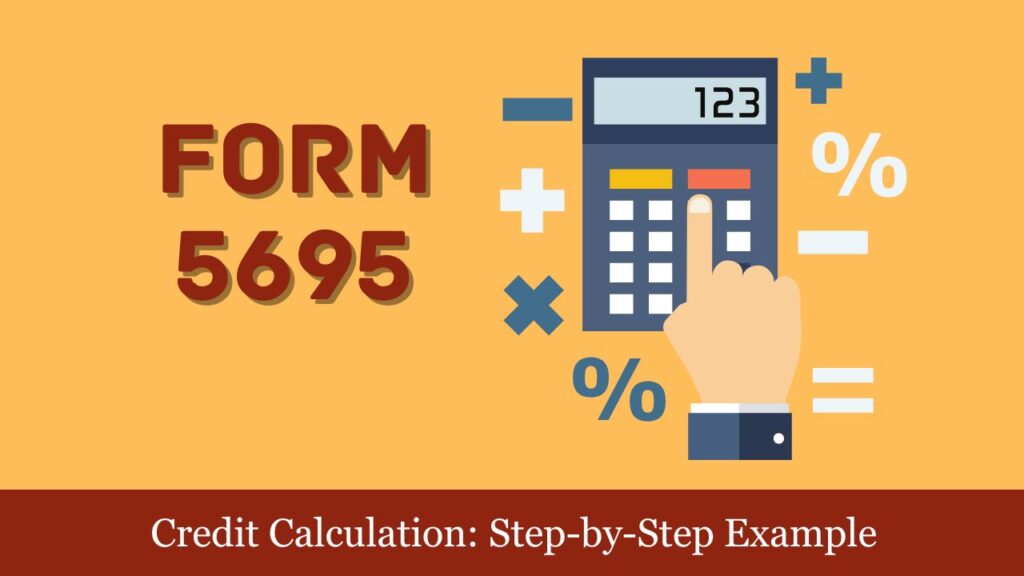
Example 1: Clean Energy Credit
- You install solar panels costing $22,000 and a battery system costing $8,000
- Total cost: $30,000
- Credit: 30% × $30,000 = $9,000
→ Reported in Part I and applied to your Form 1040, Schedule 3, Line 5
Example 2: Energy Efficient Home Improvements
You:
- Replace 3 exterior doors: $900
- Install insulation: $2,500
- Conduct energy audit: $200
Credit:
- Doors: $250 × 3 = $750 → Limited to $500
- Insulation: 30% × $2,500 = $750
- Audit: Limited to $150
Total credit: $500 + $750 + $150 = $1,400, but limited to $1,200 per year under Section 25C
Example 3 : Overall
Let’s say you:
- Installed solar panels for $20,000
- Conducted an energy audit for $300
- Installed new windows worth $1,000
Your credit would be:
- Part I: 30% of $20,000 = $6,000
- Part II: Audit ($150) + Windows ($1,000) = $1,150 → 30% = $345 → Capped at $345 (since under $1,200)
Total Credit = $6,345 → Report on Schedule 3, then on Form 1040
What Records Should You Keep for IRS Form 5695?
Even though you don’t need to submit these documents with your tax return, you are required to retain them in case the IRS requests verification of your energy credit claims. Keeping well-organized records will help ensure you’re protected in the event of an audit.
1. Receipts and Invoices
- Itemized receipts from suppliers and contractors outlining material and labor costs
- Must show:
- Itemized list of products purchased
- Installation costs (if bundled with product)
- Date of purchase and installation
- Vendor name, address, and contact details
2. Proof of Payment
- Credit card or bank statements showing actual payments made
- Cancelled checks, wire confirmations, or digital transaction receipts
3. Manufacturer’s Certification Statements
- A document from the manufacturer stating that the product qualifies for the relevant IRS energy credit under IRC §25C or §25D
- Often included in product packaging or available on the manufacturer’s website
- Should include:
- Product name and model
- IRS qualification language
- Manufacturer’s signature or official seal
4. System Specifications or Technical Sheets
For clean energy systems (Part I), retain:
- System diagrams, model numbers, and specs
- Solar panel capacity (e.g., in kilowatts)
- For battery storage: minimum 3 kWh capacity proof
5. Installation Documentation
- Signed contracts and completion certificates from installers
- Proof that installation was completed in the relevant tax year
- Address of installation (must match your tax return address)
6. Home Energy Audit Report (if claiming in Part II)
- Must be conducted by a qualified third party
- Should show:
- Auditor’s name and license number
- Date of audit
- Scope of inspection and summary of recommendations
7. Previous Years’ Form 5695 (if Carrying Forward)
- If you didn’t claim the full clean energy credit in a prior year, you must retain:
- Copy of prior Form 5695
- Credit carryforward worksheet showing unused amounts
- Confirmation it was applied (or not) in the next year’s return
8. Form 5695 (Copy Filed)
- Keep a copy of the completed Form 5695 submitted with your tax return
- Ensure all Part I and Part II values are properly supported by the documents above
9. Photos (Optional but Helpful)
- Take clear, dated photos of the installed energy-efficient equipment or clean energy system
- Verifies that the system was placed in service within the tax year being claimed
How Long Should You Keep These Records?
- Minimum: 3 years from the date you filed the return
- Recommended: 7 years if claiming large credits or if you carry forward unused credits
Penalties & Compliance for IRS Form 5695
IRS Form 5695 allows eligible taxpayers to claim valuable tax credits for qualifying residential energy-efficient and renewable improvements. However, incorrect claims, lack of documentation, or non-compliance with IRS rules can trigger penalties, audits, or disallowance of the credit.
1. Accuracy-Related Penalties (20%)
If you negligently claim the energy credit without proper eligibility or documentation, the IRS may impose a 20% penalty on the understated tax amount, under IRC §6662.
Triggers for this penalty include:
- Claiming credit for non-qualifying systems (e.g., portable solar devices, rented equipment)
- Failing to reduce the cost basis of the property after claiming the credit
- Claiming expenses for a non-primary residence when the credit requires it
- Overstating the cost of the system
- Misreporting installation year
2. Civil Fraud Penalty (75%)
In rare cases where the IRS determines that the taxpayer fraudulently claimed the credit (intentionally false information), a civil fraud penalty of up to 75% of the understated tax may apply (IRC §6663).
This applies in egregious cases—e.g., fabricated receipts, claiming credit for a system never installed.
3. Loss of Carryforward Credits
If you don’t retain proper documentation or fail to file correctly, the IRS may disallow any carryforward credit from unused amounts in Part I (Residential Clean Energy Credit). This can result in permanent loss of those tax benefits.
4. Audit Risk
Although Form 5695 is not routinely audited, energy credits are considered a moderate audit risk area because:
- The credit amounts can be substantial
- Some installations involve gray areas of eligibility
- Many taxpayers claim credits without understanding the technical qualifications
If selected for audit:
- You’ll need to substantiate your claim with receipts, manufacturer certifications, and installation documentation
- Failure to comply may result in credit reversal, repayment of tax, interest, and penalties
5. Recordkeeping Requirements
The IRS requires taxpayers to maintain detailed records for all credits claimed under Form 5695, including:
- Product certifications
- Invoices and installation proof
- Payment confirmation
- Energy audit results (Part II only)
- Prior Form 5695s for carryforward validation
Failure to maintain and present documentation upon request can lead to disallowance of the credit, even if the improvements were legitimately made.
Conclusion
IRS Form 5695 offers valuable tax incentives to homeowners who invest in energy-efficient upgrades or renewable energy systems. Whether you’re adding solar panels, upgrading insulation, or modernizing your HVAC, this form helps you turn sustainable improvements into real tax savings. With credit rates as high as 30% and the ability to carry unused amounts forward, it’s one of the most beneficial energy-related tax tools available.
Frequently Asked Questions (FAQs)
What is Form 5695 used for?
Form 5695 is used to claim federal tax credits for qualified residential energy-efficient or renewable energy home improvements.
Who can file Form 5695?
Any U.S. taxpayer who owns and resides in a home where qualifying energy-efficient improvements were made can file Form 5695.
What qualifies for the Residential Clean Energy Credit (Part I)?
Solar panels, solar water heaters, geothermal heat pumps, small wind turbines, battery storage (≥3 kWh), and fuel cell systems.
What qualifies for the Energy Efficient Home Improvement Credit (Part II)?
Energy-saving upgrades such as insulation, windows, doors, HVAC systems, water heaters, electrical panels, and home energy audits.
What’s the credit amount for clean energy systems?
30% of the total cost, including labor, with no dollar cap. Unused amounts may be carried forward.
What’s the limit for energy-efficient home improvements?
Generally, up to $1,200 per year, or $3,200 if high-efficiency heat pumps or water heaters are included.
Can I claim both Part I and Part II?
Yes. If you made qualifying improvements under both categories, you can complete both parts of the form in the same year.
Do I need to submit receipts with my tax return?
No. But you must keep all documentation (receipts, certifications, proof of installation) for audit purposes.
Where do I report the credit on my tax return?
On Schedule 3 (Form 1040), Line 5, and then transfer that total to Form 1040, Line 20.
Can I carry unused credits forward?
Only credits from Part I (clean energy) can be carried forward to future years. Part II credits cannot.
Can renters claim this credit?
No. Only homeowners who pay for and install the systems on their principal or second residence are eligible.
